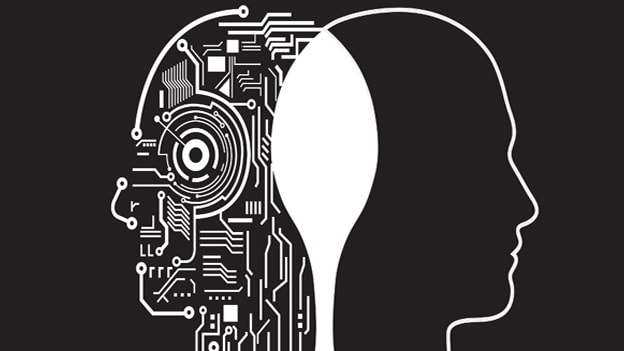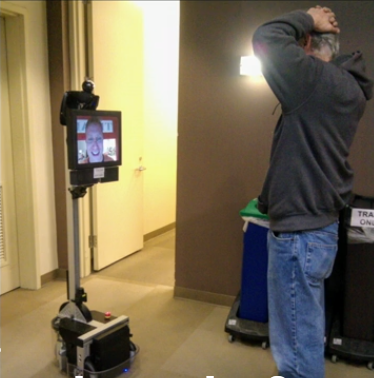A Human-Robot interaction researcher on what it means to be a robot!

Recently I came across the TED talk by Human-Computer Interaction (HCI) and Human-Robot Interaction (HRI) researcher, Leila Takayama on what’s it like to be a robot. As businesses move forward to employ more and more robots, it is interesting to understand how humans interact with robots.
Leila very candidly talks about her first interaction with a robot in 2008 when she bumped into one at Willow Garage and it just stared blankly past her, rapidly spun its head 180 degrees and ran away. Well, robots play a plan (read “the software code”) and are just like any other machine. Take, for example, the dishwasher, vacuum cleaner, lawn mower or even a car, basically, any machine that makes our job easy or serves a purpose in our lives is a robot. And that makes us all robot operators; masters at adjusting ourselves to operate these machines (read “robot body”).

At Willow Garage, Leila shares about how they are enhancing collaboration with virtual workforce using robots. When a colleague works from home, it is easy to ignore emails and avoid conversations. But what do you do if the virtual colleague gets an ability to knock on your shoulder and ask you the question face-to-face, while still working from home? The image on the right shows a robot that Leila’s colleagues created and this is just “Skype on a stick on wheels!” Over months and years, these machines have found a place in the office as fellow colleagues – be it a part of meetings, team outings or parties. And it is these experiences that bring forth interesting truths about how humans and robots interact. Here are a few things that Leila learned from these interactions:
- How would you feel about poking a colleague’s face? Awkward, isn’t it? Similar to humans, there are social norms of human-machine interactions
When colleagues at Willow Garage saw these moving machines, they would look around the components, press button on screens (read “the colleague’s face) to increase brightness or reduce volume. Doing the same thing with a human maybe very awkward and hence as there are social norms to interact with humans, so are with machines. - Being a robot yourself takes you in a different person’s shoes and helps build empathy
Leila’s virtual colleague is 6 ft. tall but his robot is way shorter in height. So while walking around in office as a robot, when he had to look up to people, he realized the challenges of people who are shorter in height and his behavior as a person changed. Not only did this help build empathy towards humans but also the machines. - When we think about robotics, it’s not about reinventing humans, it is about extending ourselves
When these moving virtual team members wanted to have fun at the office but could not play pool with the colleagues (since these machines did not have arms), they heckled those who are playing or ended up making new games like, robot soccer pushing trash cans around. It is all about humans working with machines to extend themselves. - Designing robots and human-robot interactions need to take into account human dimensions in addition to technology ones
Humans are not monolithic - they differ by the way of personality, culture, even the state of emotions and as robot operators, the way we extend ourselves to these machines is critically dependent upon these variations in the way we behave. Hence, designing these machines in a way that humans operate them responsibly is essential to make positive robotic future.
Today, we are designing a world where humans and robots coexist and collaborate and that requires perspectives from every direction, be it artists, designers, policy-makers, legal scholars, psychologists, sociologists or anthropologists. And Leila beautifully concludes reiterating that as we continue to experiment with these robotic futures together, we will continue to learn a lot more about ourselves.
If you have interacted with a robot yourself, leave a comment to share how the experience was and what did you learn from that human-robot interaction!
You can view the entire TED Talk here:











